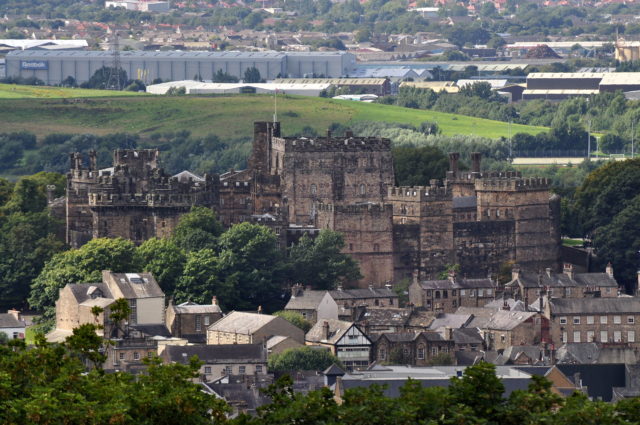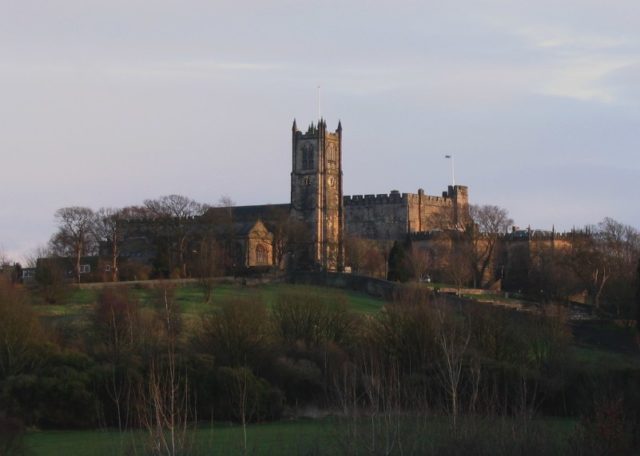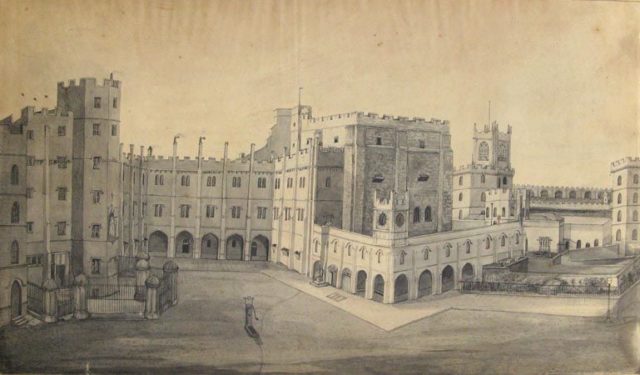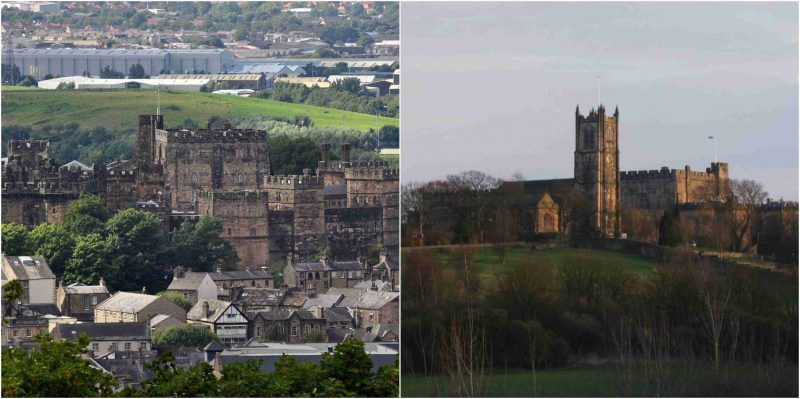When they invaded the British isles, the ancient Romans took over a majority of the English territory and construction workers, archaeologists, and members of the general public have found many ancient artifacts from this era. Some artifacts have been as small as a button or coin; some as large as columns or buildings that once stood.
Just recently, archaeologists were working on a dig in Lancaster when they found a large Roman fort. The dig was about two weeks in when the experts came across what appeared to be a Roman wall, two Roman roads, and a drain and well system.
The evidence found is causing a great wave of excitement throughout the country. There have been volunteers traveling from all around the country and even abroad to take part in the dig at Lancaster Castle. The experts working at the site believe that the findings may lead them to a large garrison which would have been the key to Roman defenses on the west coast.

The site, as stated above, is at Lancaster Castle. These new finds in the dig are beginning to support the theory that this particular area had once been a home to a Late Roman Shore Fort.
The lead archaeologist on the excavation, Jason Wood, said that the Romans who had lived during the later period, or around the 4th century, had been particularly concerned that their coasts would be raided. He added that since borders had become porous in the Roman Empire, these larger shore forts were built around the south, east, and west coasts as a way control immigration. These forts were a defense against raiding and also acted as supply bases for the army.

The Shore Fort had been a succession of Roman Forts which dated from the 4th century. It had occupied the site at Lancaster Castle and the Priory. The excavation, which will take about two weeks, is being led by the group called Beyond the Castle. The dig has attracted many visitors and volunteers from all over the country and abroad. The archaeologists on the dig had described the excavation as their dream come true.
Wood had done a geophysical survey a few years back, and results suggested that it was the corner of the fort laying in the field. Here is a little history about Lancaster Castle.
It is also known as John O’Gaunt’s Castle. Many believe that this is one of the most fascinating ancient buildings left standing in England. As stated above, it dates back to the Roman times and is positioned on a hill that overlooks the town of Lancaster and the River Lune.
The castle, owned by The Duchy of Lancaster, has stood on the hill for a long time and has been through many historical events such as religious persecutions, the trials of the Lancashire Witches, and 200 executions for anything and everything.
Up until 2011 the castle was a fully-functioning HM Prison and is still recognized as a living monument today. Visitors may take a tour through the castle, learning just how dark times used to be back in the Roman ages.

The Duchy of Lancaster was an inheritance that began nearly 750 years ago in 1265. Henry III had given the castle to his son Edmund Crouchbank, after which it was eventually forfeited by the Earl of Leicester, Simon de Montfort. Later that same year, the lands were taken from Robert Ferrers, the Earl of Derby and added to the holding. It wasn’t until later that Edmund had been given the “country, honor, and castle of Lancaster” in 1267. It was then that the castle became known as the Lancaster inheritance.
The title of Duke of Lancaster didn’t come into existence until the estate was given to Edmund’s grandson, Henry Gosmont in 1351. At that same time, Lancaster was made a County Palatine for Henry’s lifetime.
